How am I contributing to the world—good or bad—as a designer? Who am I? Where do I draw my power? George Aye, co-founder of the Greater Good Studio, posed these questions and many others.
The Service Design Network New York Chapter hosted George for a (virtual) Meetup on “Understanding Power and Privilege.” We could have discussed the topic for hours; you can read the highlights in 6 minutes.
Human-Centered Design Is Not Inherently Good
It’s easy to assume human centered design is good for humans. George Aye pointed out several examples of where that wasn’t the case, from his former projects representing conflicts of interest to the e-cigarette company JUUL.
We have a limited view of what good design is. When good design is defined by corporate and economic goals, instead of social goals, a product like JUUL exists.
3 Principles for Good Design
After practice with 100+ projects in his studio over 9 years with an exclusive focus on complex social issues, George overcame his conventional design training to recognize the following 3 Principles of Good Design. The principles are drawn from adjacent fields that are equally obsessed with humans and their behaviors: anthropology, social work, and organizing.
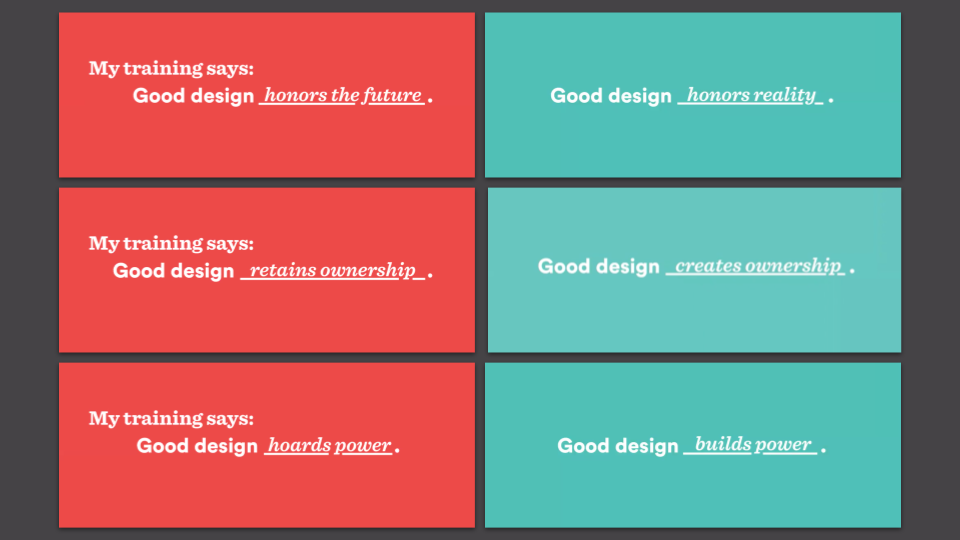
- Good design…honors reality. George Aye shared that so many people today don’t have the luxury of fast-forwarding to the future. Designers are often trained to look to the future which is hip and novel. In honoring reality, it means valuing lived experience as much as we value learned experience. The former is discounted while the latter is elevated.
- Good design…creates ownership. This principle comes from knowing that people adopt the change they are a part of making. As designers, this means we can’t hold onto control and attribution. Instead, we need to transfer ownership to the beginning, not the end of a project.
- Good design…builds power. At George’s studio, they look for ways to distribute power they have, redistribute power to those who have less of it and are conscious of where power lies at any moment. He believes designers tend to lack an understanding of power because schools don’t engage in discussions around it. Generally designers are beholden to clients due to the nature of professional services. To discuss power would mean discussing clients. While discussions of clients comfortably include payment, we haven’t been discussing whether we should work with a client. Nor do we discuss how to disrupt that relationship.
Power + Power Asymmetry
George Aye defines power as “the ability to affect an outcome.” He discussed how we often think about of power on a systems level instead of the level where intimate conversations happen 1:1.


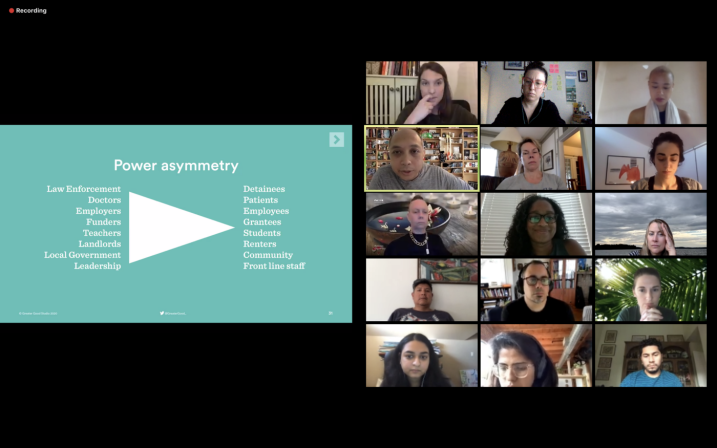
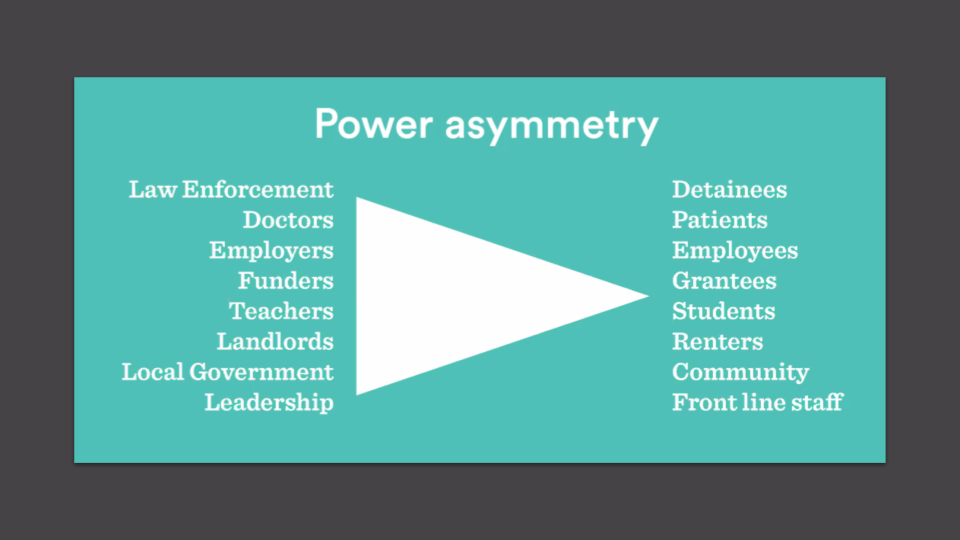

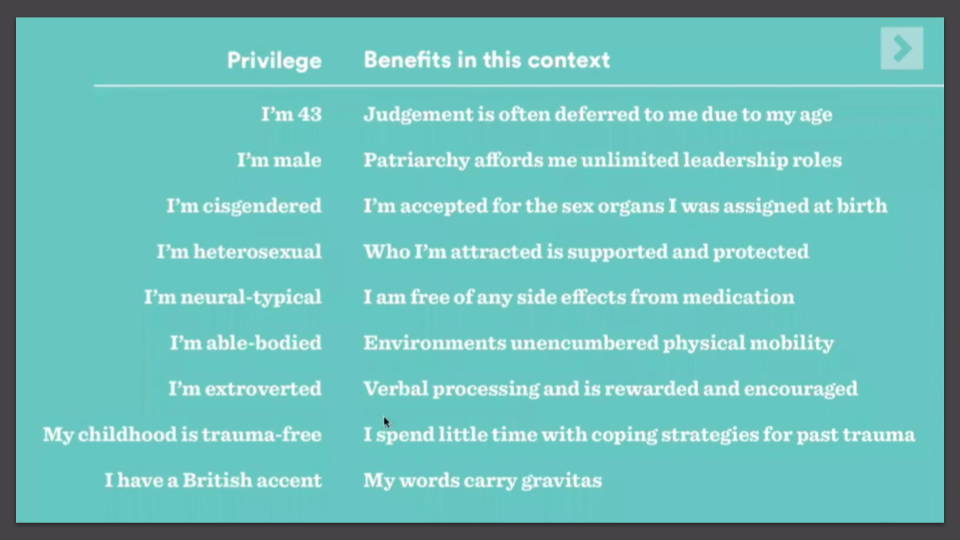


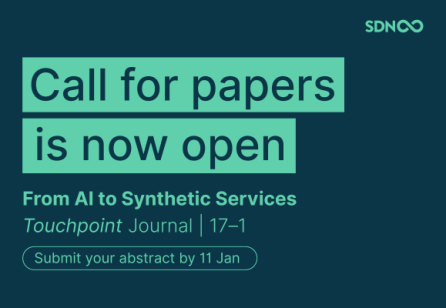



Share your thoughts
0 RepliesPlease login to comment